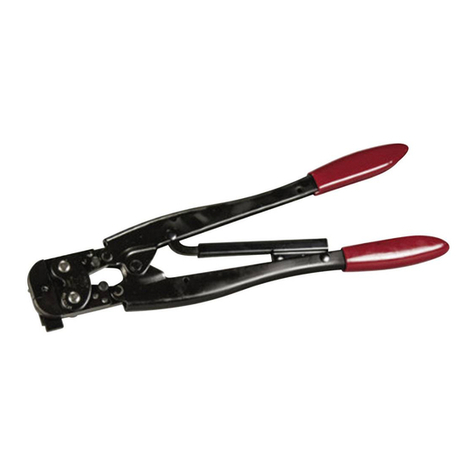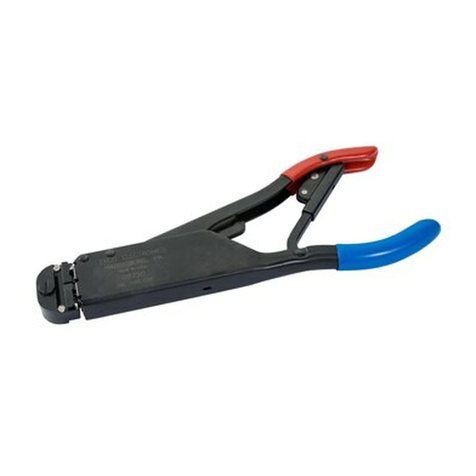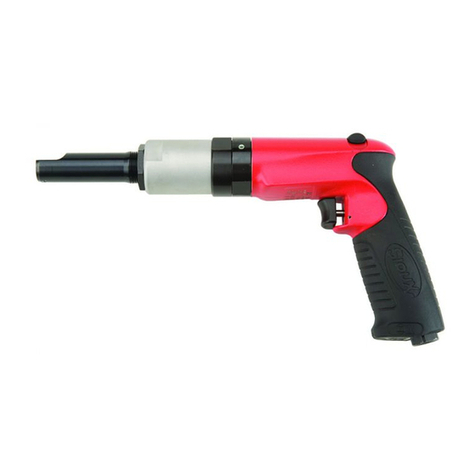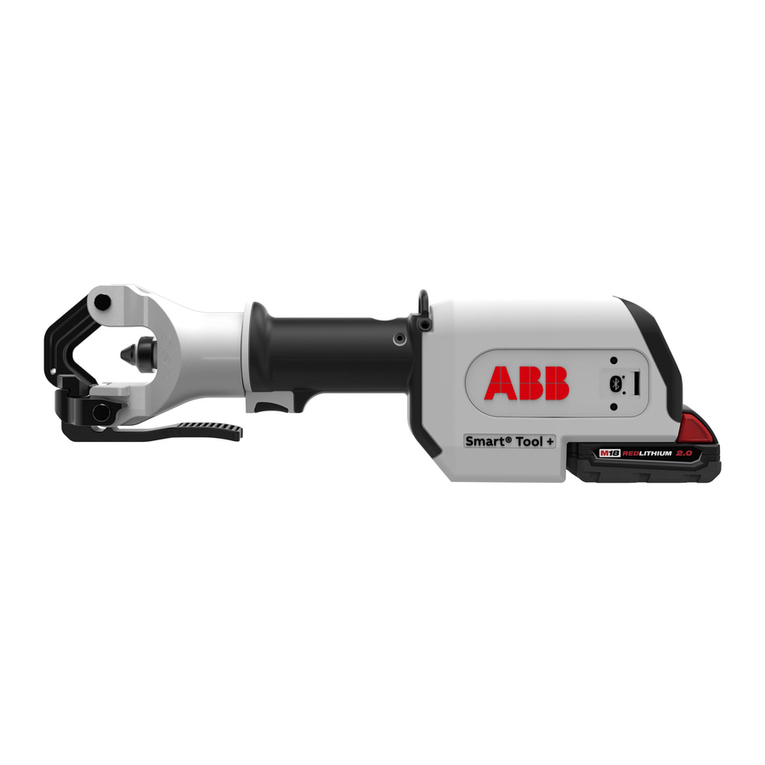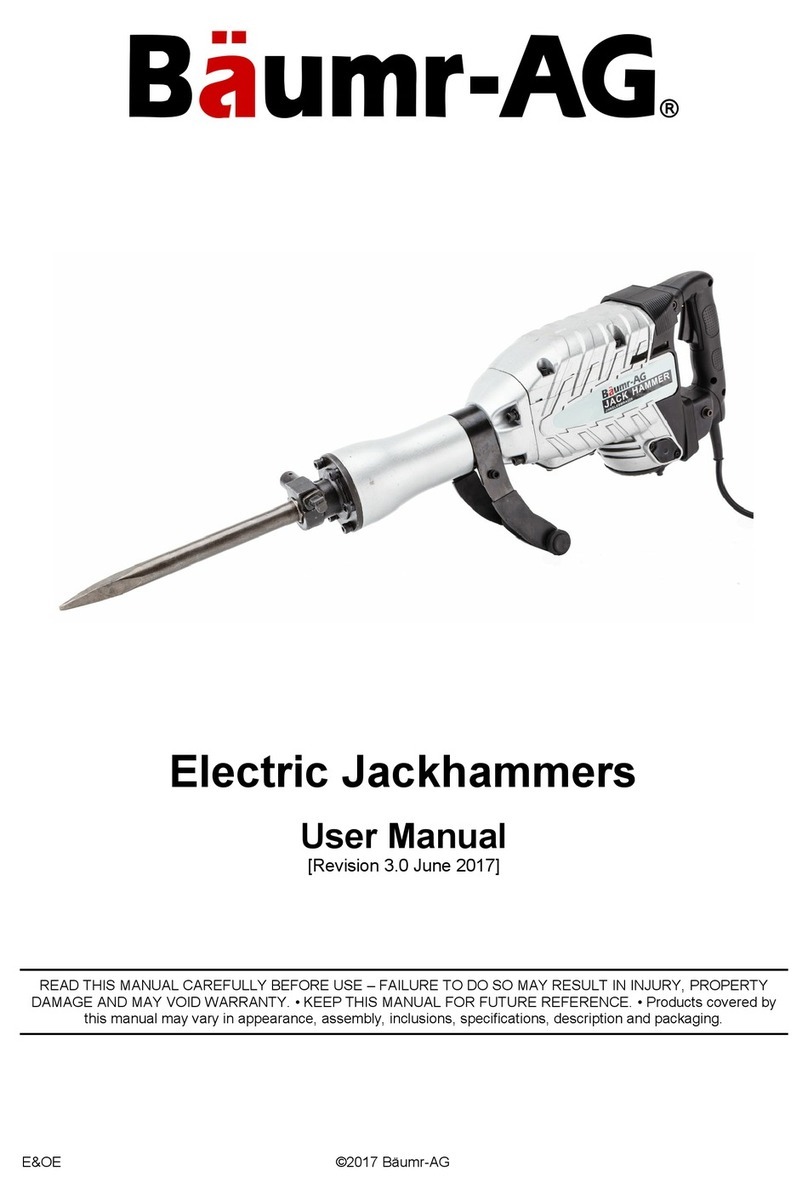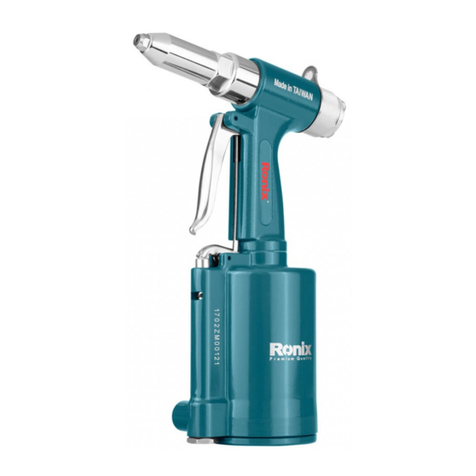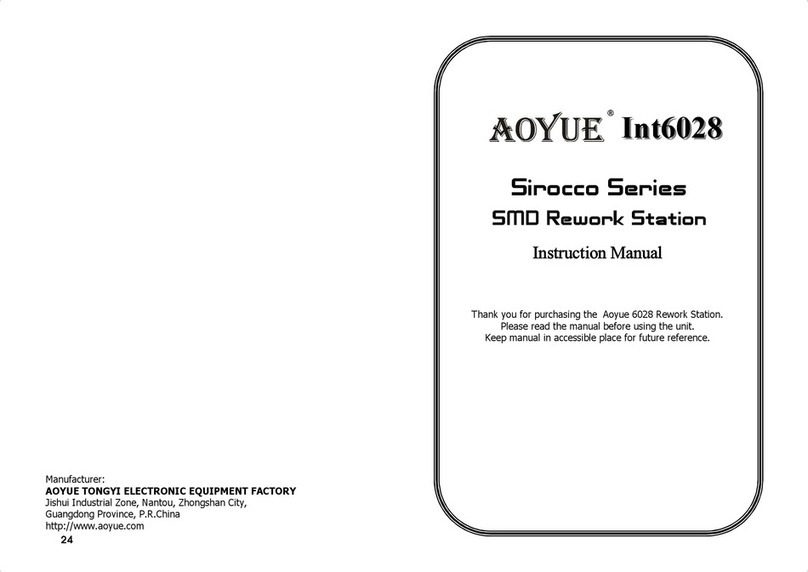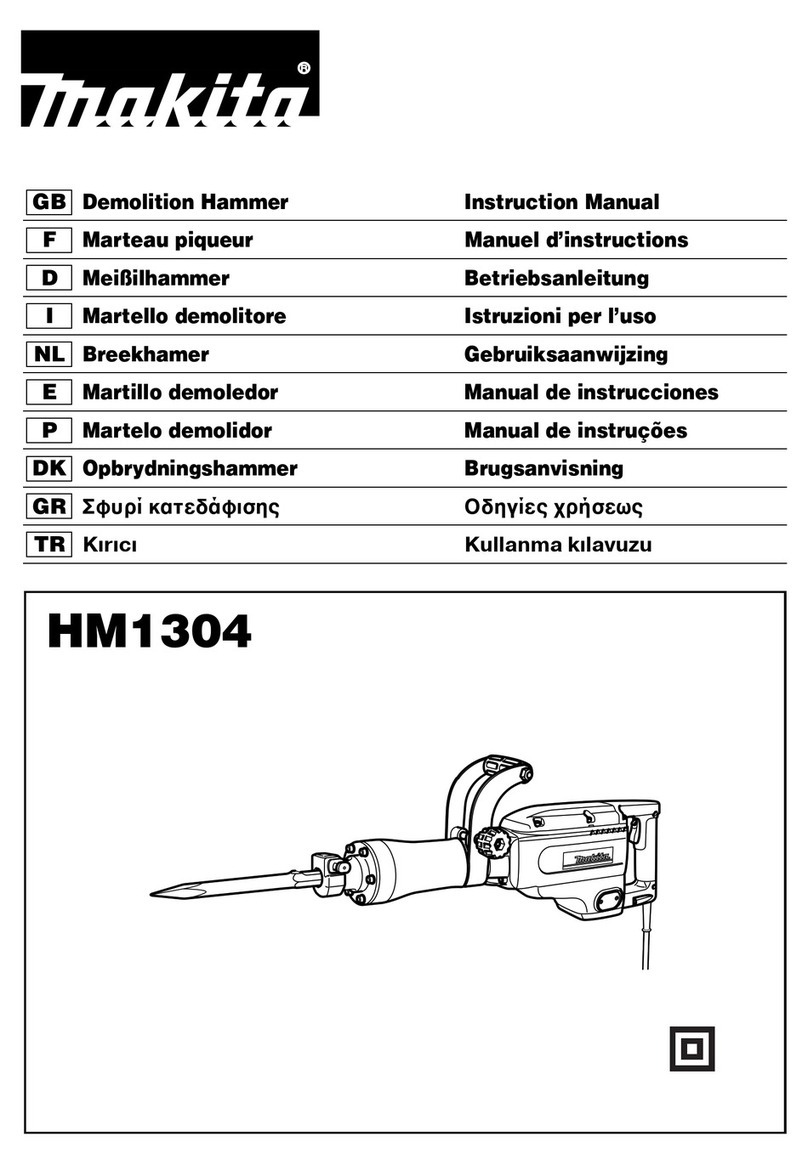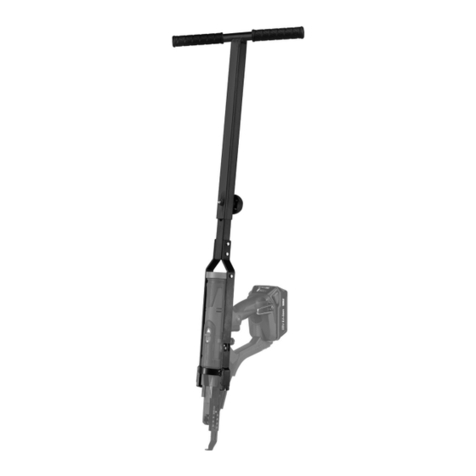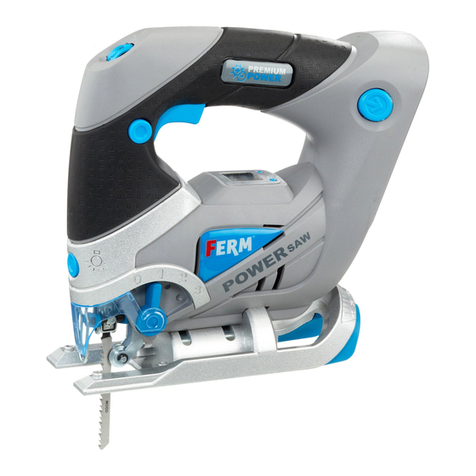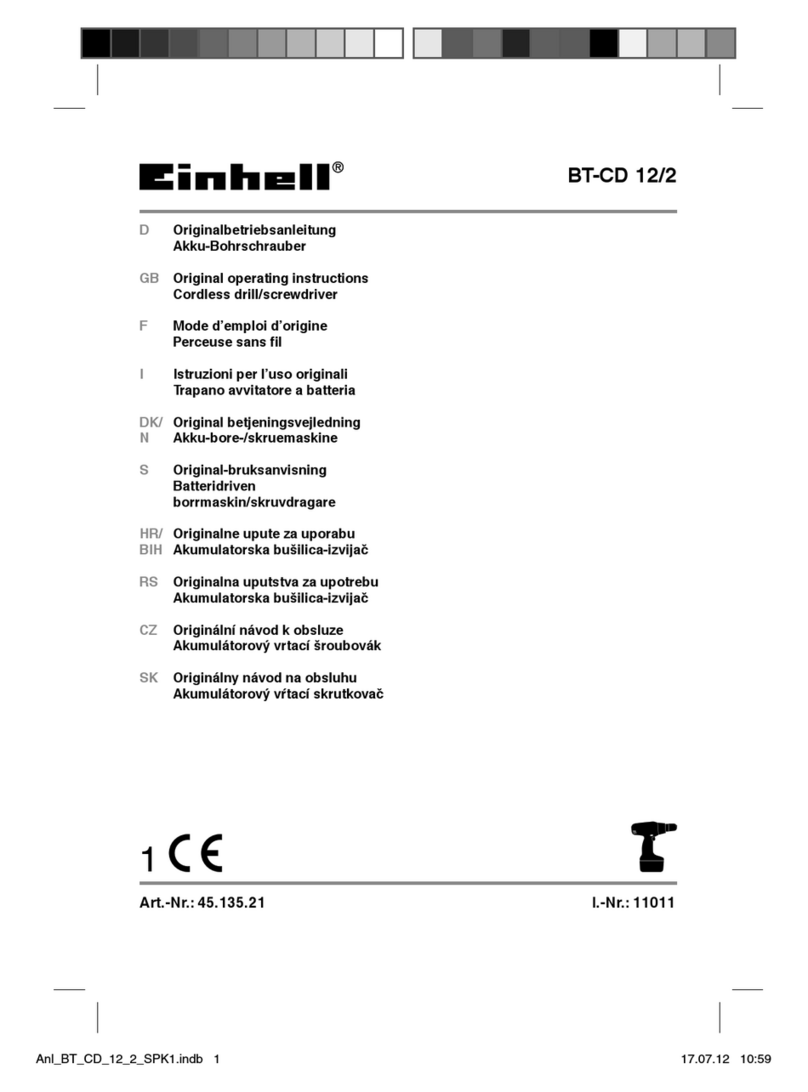TE Connectivity 2031676-1 User manual
Other TE Connectivity Power Tools manuals

TE Connectivity
TE Connectivity SDE-SA User manual
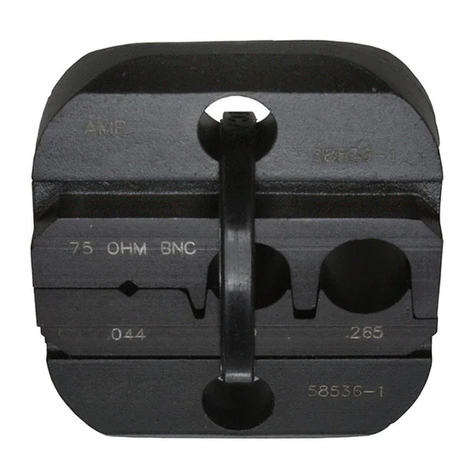
TE Connectivity
TE Connectivity 58536-1 User manual

TE Connectivity
TE Connectivity ERGOCRIMP 7-1579004-1 User manual

TE Connectivity
TE Connectivity 1976330-1 User manual
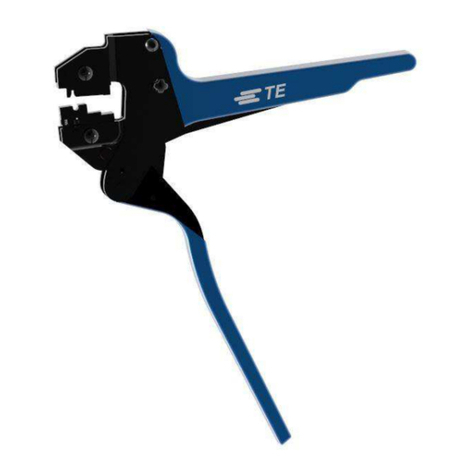
TE Connectivity
TE Connectivity MATE-AX 2335290-1 User manual
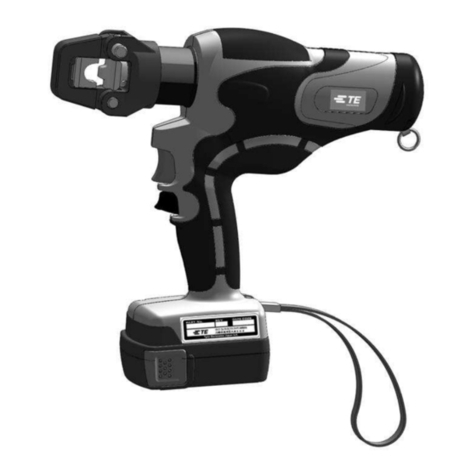
TE Connectivity
TE Connectivity 2155369 User manual

TE Connectivity
TE Connectivity 2390879-1 User manual
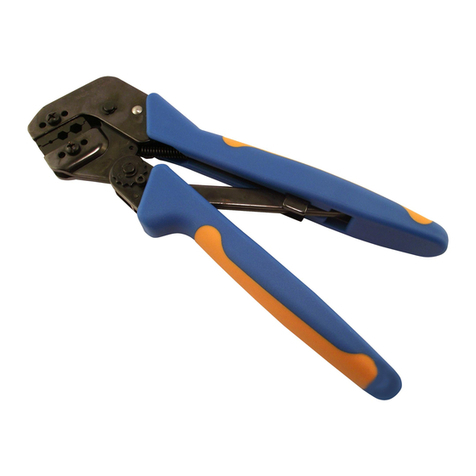
TE Connectivity
TE Connectivity PRO- CRIMPER III User manual
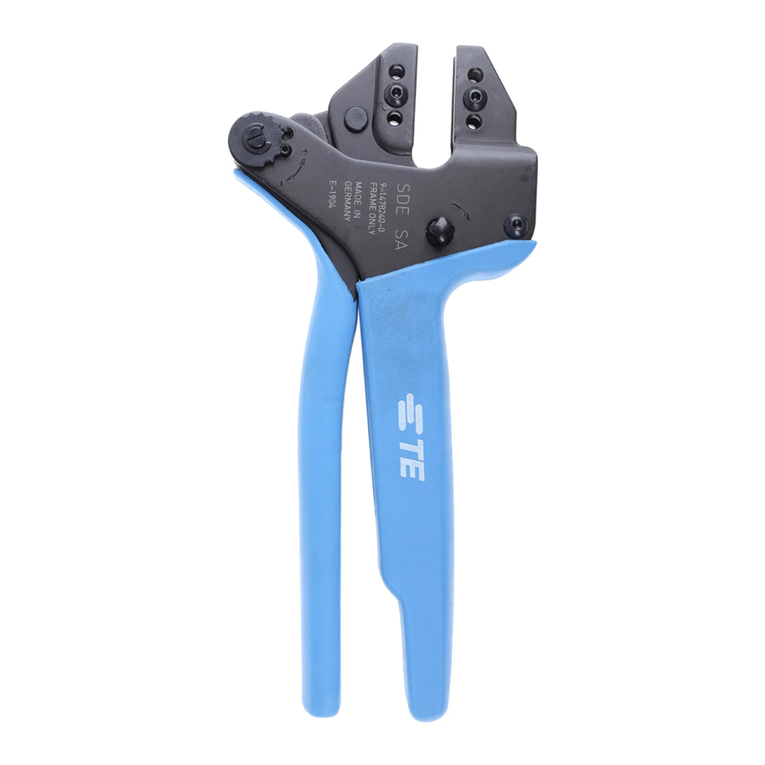
TE Connectivity
TE Connectivity SDE-SA User manual
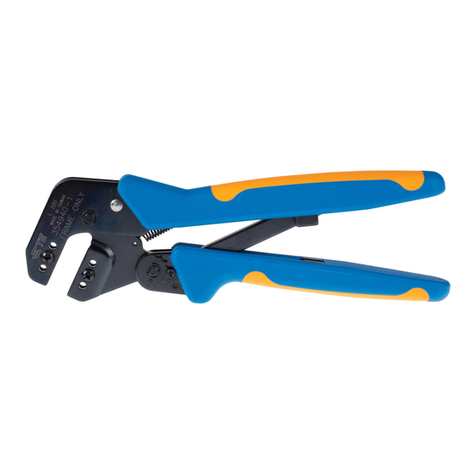
TE Connectivity
TE Connectivity 354940-1 User manual
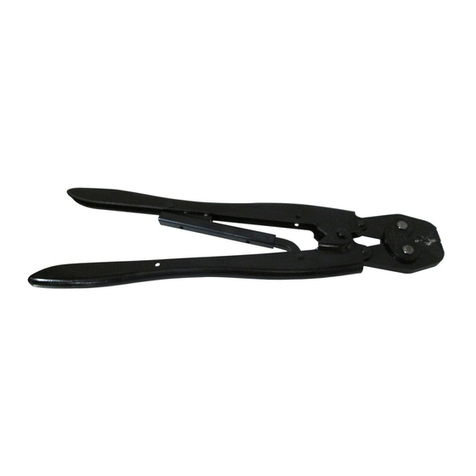
TE Connectivity
TE Connectivity 46447 User manual
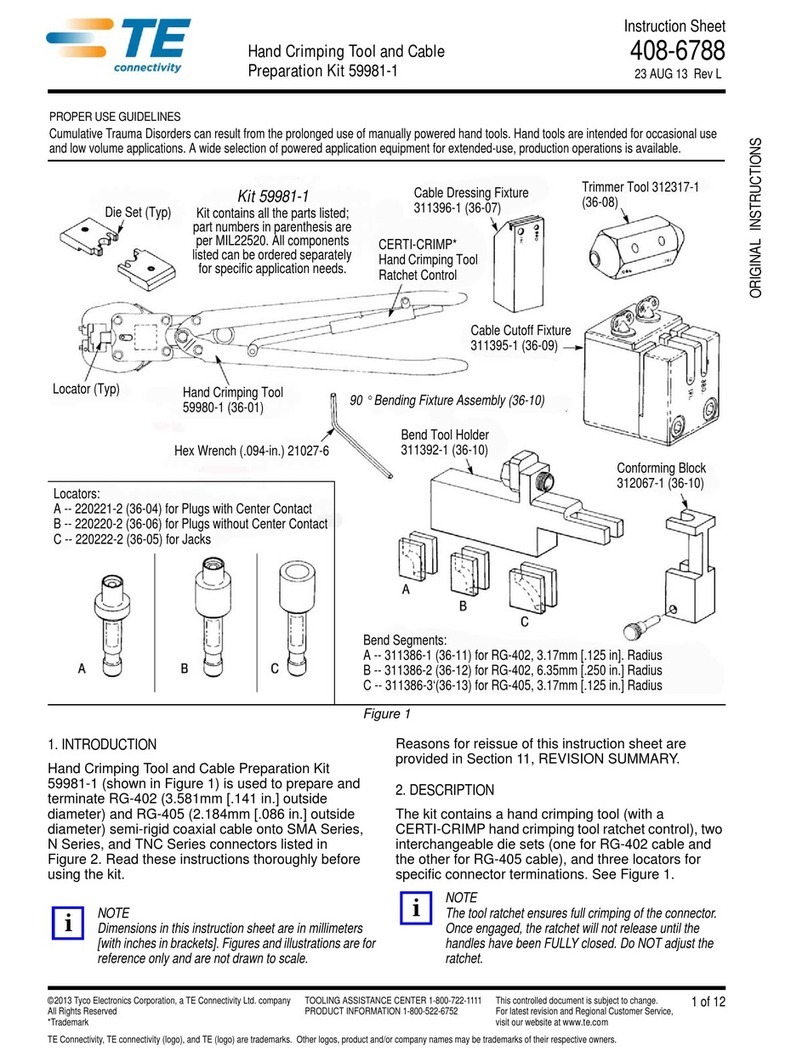
TE Connectivity
TE Connectivity 59981-1 User manual

TE Connectivity
TE Connectivity 2396645-1 User manual
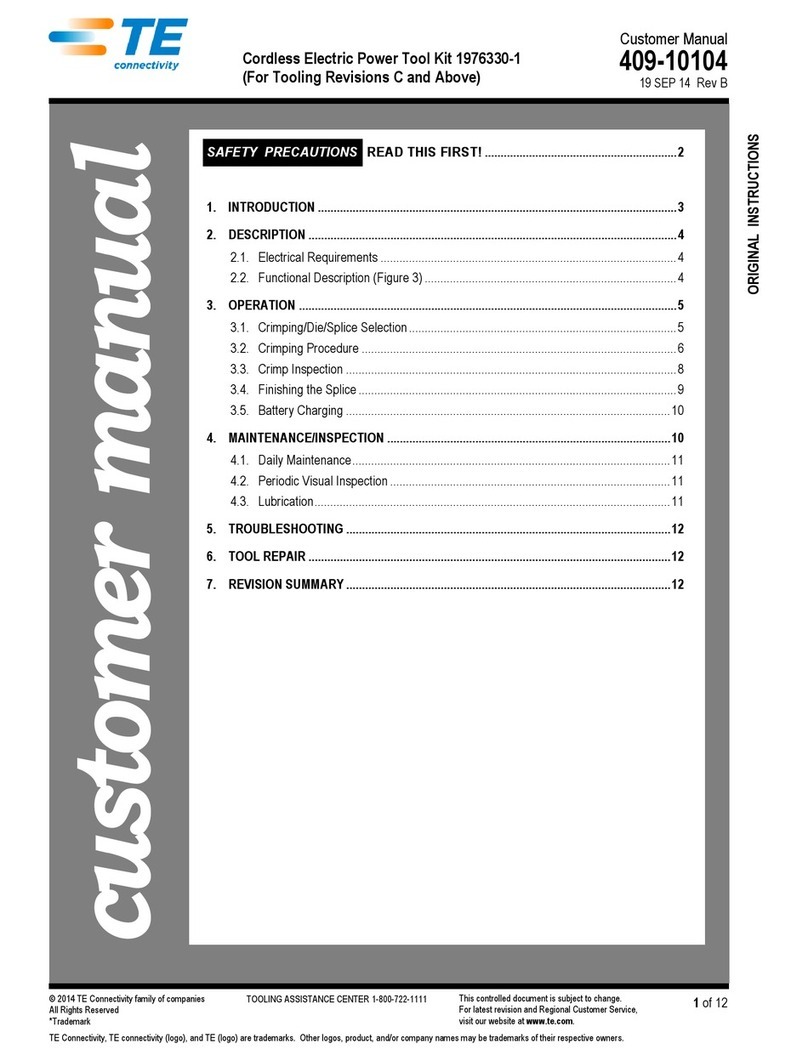
TE Connectivity
TE Connectivity 1976330-1 User manual
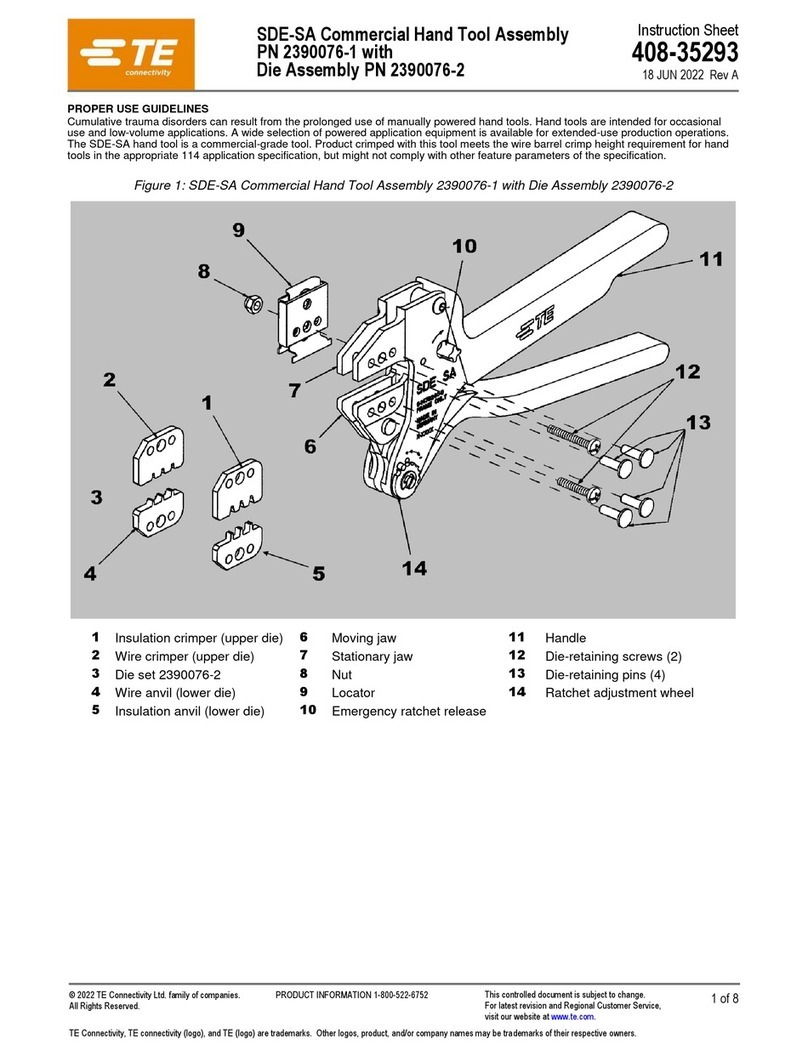
TE Connectivity
TE Connectivity 2390076-1 User manual
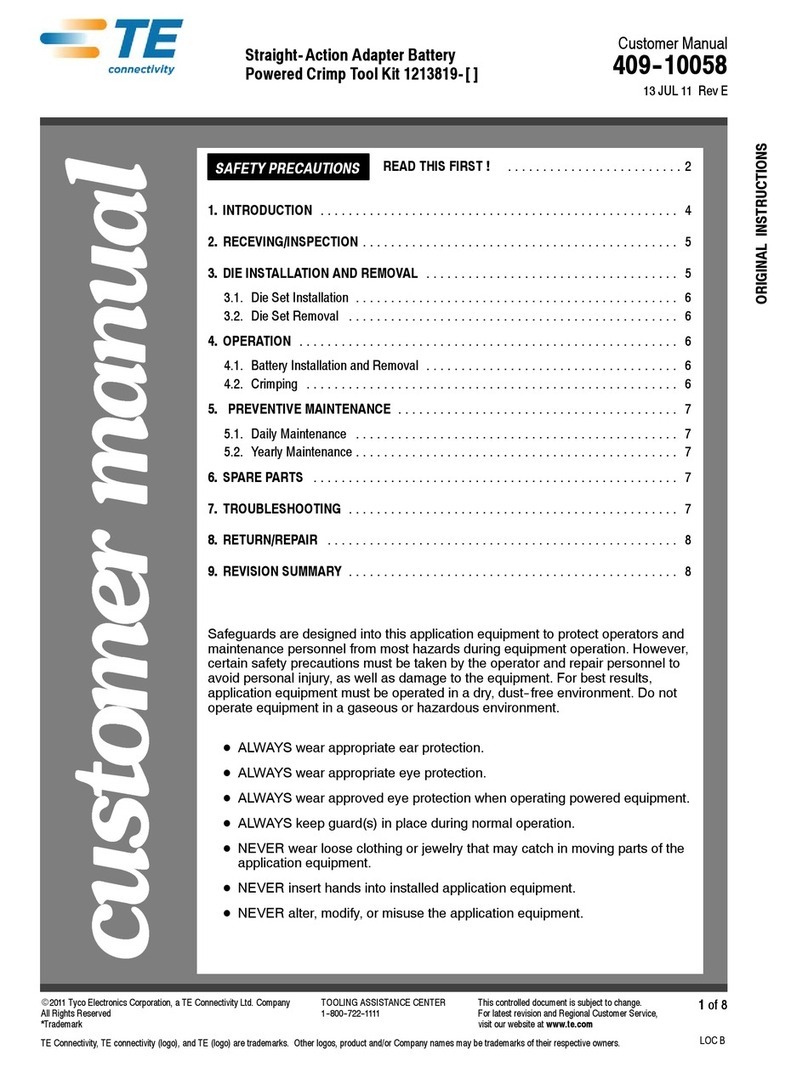
TE Connectivity
TE Connectivity 1213819-1 Reference guide
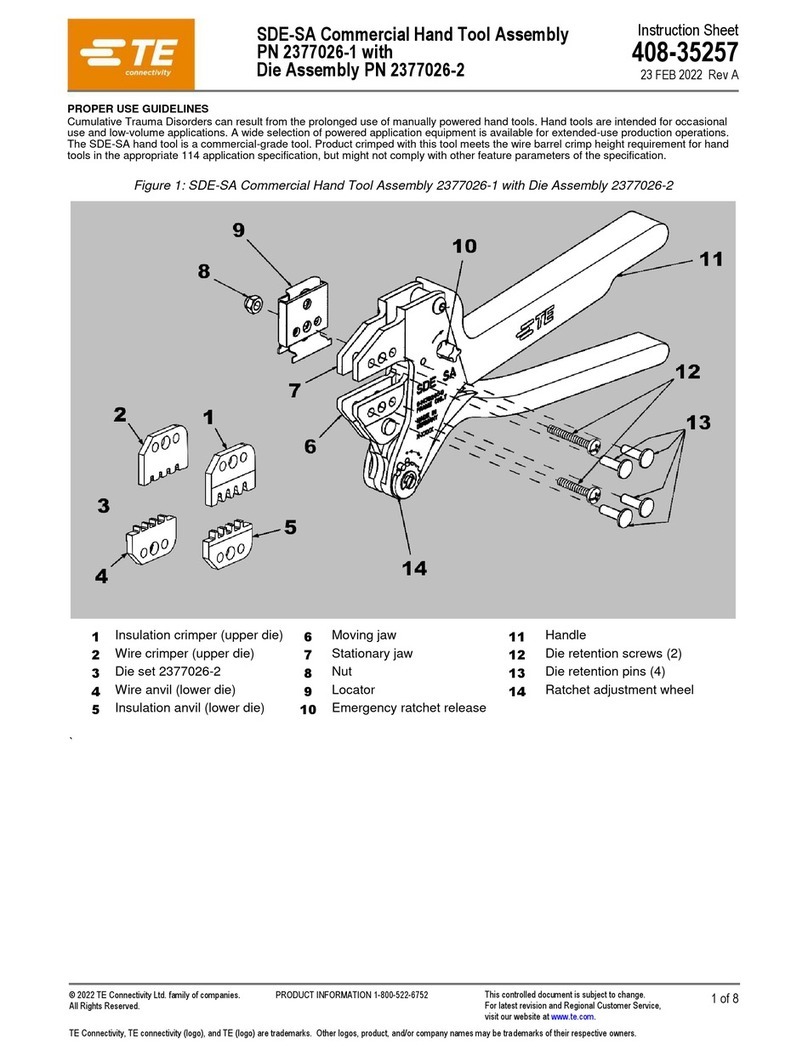
TE Connectivity
TE Connectivity 2377026-1 User manual

TE Connectivity
TE Connectivity 2393336-1 User manual
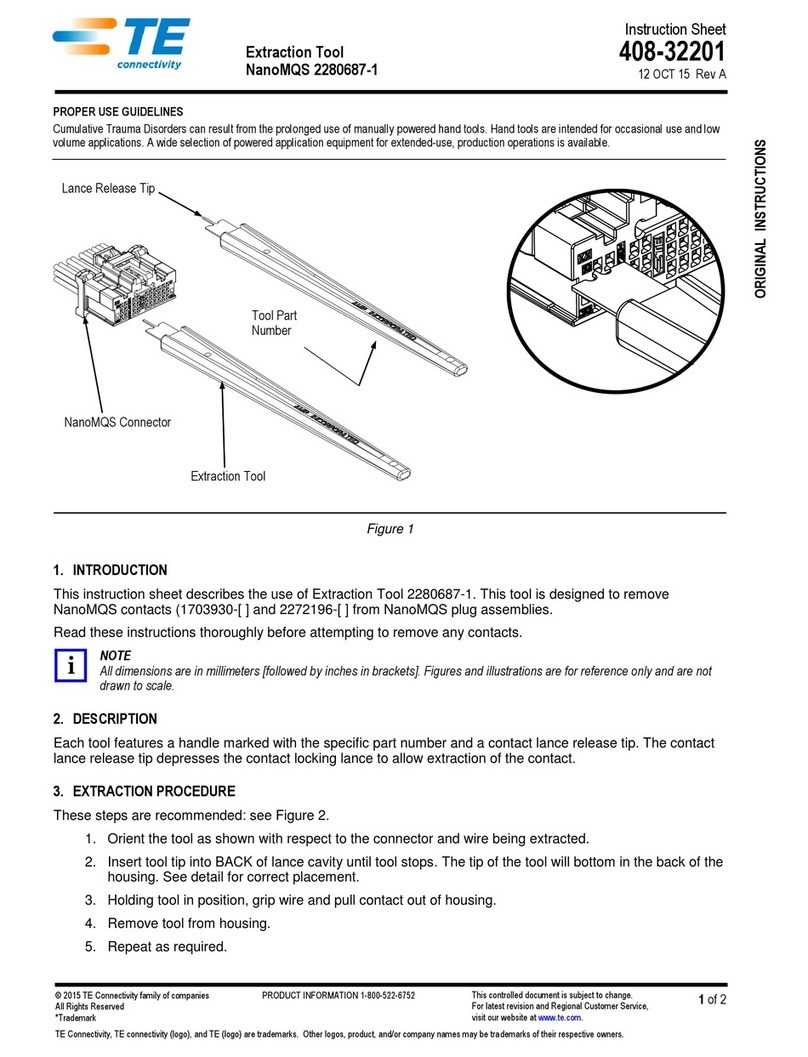
TE Connectivity
TE Connectivity NanoMQS 2280687-1 User manual
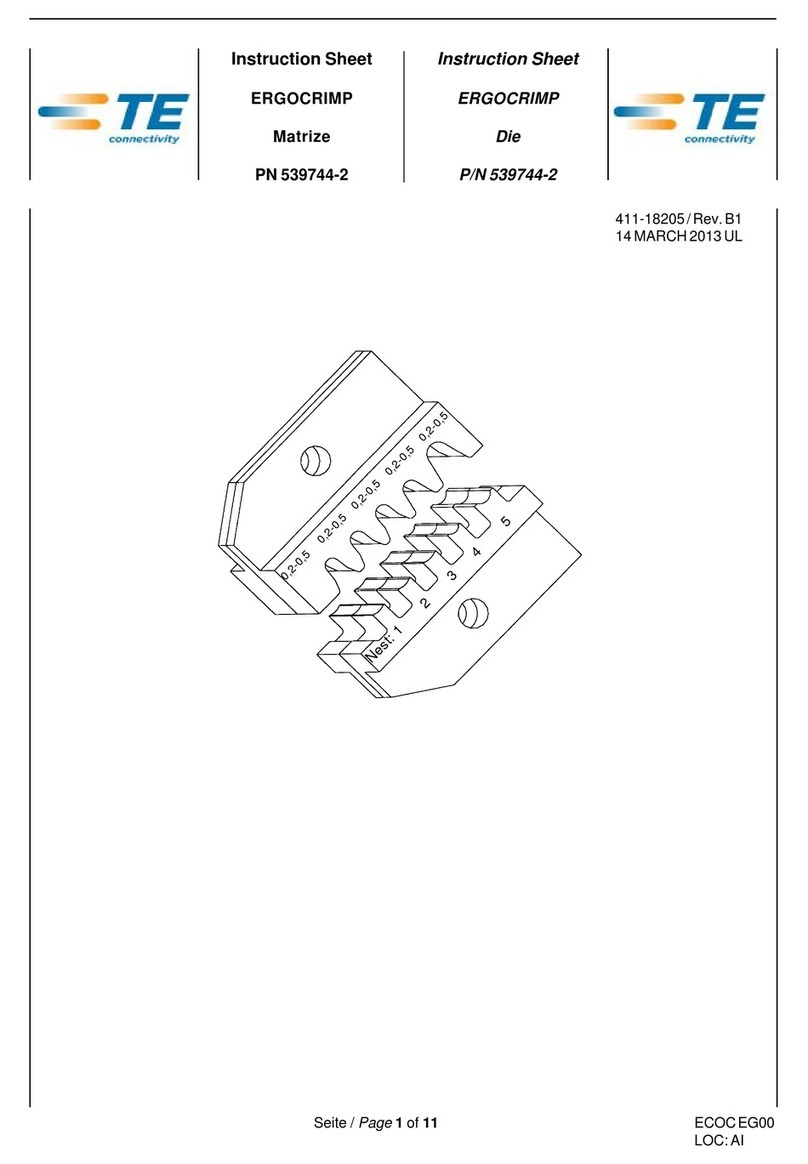
TE Connectivity
TE Connectivity 539744-2 User manual
